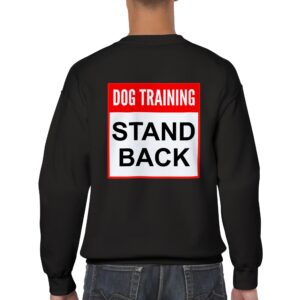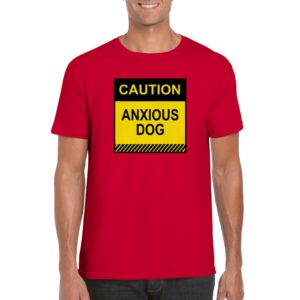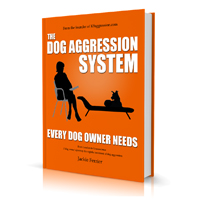Your cart is currently empty!
DOG-ON-DOG AGGRESSION— (SIBLING RIVALRY)
Dog-on-Dog Aggression related to pack (also known as sibling rivalry or interdog aggression) occurs between dogs living in the same household. It usually involves challenges for status, but it may be source dependent. In other words, a particular dog may become aggressive only when the owner first arrives home and the dogs in conflict are vying for attention. Yet that same dog may be quite tolerant to having his favourite ball stolen from him.
Challenges may involve access to toys, attention, food, or may be more passive and involve posturing and manipulating the behaviors of the other dog such as controlling where the dog is going, or whether or not the dog eats.
It often occurs between dogs of similar age, or when the younger dog reaches social maturity. If the older dog refuses to give way, or neither can maintain sufficient status to win over the other dog, interdog aggression results.
Any changes in the social structure can cause it to occur such as when a new dog is introduced into the house, or a dog leave or dies. It can also happen when one dog’s health status changes.
In many cases a relatively harmless fight is enough to resolve the problem, but not if it is abnormal aggression. But dog-on-dog aggression in the home can be abnormal under these conditions.
- The fighting is ongoing.
- The fighting is intense (potentially resulting in death).
- The fighting is intended to cause harm.
- the submission of one dog is not enough to discontinue the aggression.
- The response of one is intense or excessive in response to normal behaviors designed to resolve the conflict.
Social hierarchies are fluid and generally context specific meaning that it may depend on the situation and how each dog feels about giving it up to the other. Some dogs don’t care about toys, but may fight over your attention.
The people in the home can have a significant influence as any amount of attention or special treatment may be perceived as your siding with one of the dogs. Your choice may actually be encouraging one of the dogs not to back down when they should, either because you are demonstrating that they are higher in status when they shouldn’t be, or because the dog feels more secure in knowing you will be there to back him or her up. Studies in feral or free ranging dogs have shown that smaller packs of dogs tend to back down while those larger in number are more confident in challenging.
Another complication may be related to what the dogs themselves judge as being normal or abnormal amongst each other. There may be a tendency to police and monitor behavior. When the behavior of one dog is seen as abnormal, dangerous, or threatening that dog may become a target. In this case, the victim is abnormal, and the other dog is policing his or her actions. Unless you are highly skilled at reading the fine nuances of dog behavior, you may be missing what is really going. Worse, you may be inadvertently contributing to the issue. For this reason it is a very good idea to consult a veterinary behaviorist, and you may want to learn more about who can help.
It is also important to consider how much stress the dogs are experiencing as a result of being together. Stress loads cause dogs to be more reactive and it can be a leading contributor to aggression. This is one reason why some will see dogs fight when people first arrive home. Arrivals and departures have some measure of stress associated with them.
In addition stress can have an adverse effect on health. It may be possible to keep the dogs separated, but if so, the welfare of the dogs need to be carefully considered as they will need more attention and a stimulating environment if they are isolated.
Female to female conflicts can be more intense and are much more difficult to resolve than male/female, or male/male conflicts. A treatment program using the right methods can help one or both dogs, but there is a certain amount of conflict about how to address the social hierarchy. Some experts believe that you need to feed, gives toys to, freedom, etc. first to one dog – the one that should be higher ranked (usually based on age and size) and there have been case studies where doing this in combination with a treatment program has helped. Others believe that it is too hard for the average dog owner to recognize which dog should be higher ranked, and that in some cases the owners might be choosing the dog that actually has a pathological problem.
in some cases one dog may need rehoming and may do just fine in a home where he or she is the only animal. If you have any concerns about your dogs we really recommend finding good expert help.
**Aggression categories compiled from:
Overall, K.L. Clinical Behavioral Medicine for Small Animals, Pennsylvania, Mosby, Inc. 1997
Dodman, N., The Dog Who Loved Too Much: Tales, Treatments, and the Psychology of Dogs, Bantom Books, 1997
ADVERTISEMENT

Keep people away with our Stand back shirts

Anxious Dog Shirts only available in our shop

